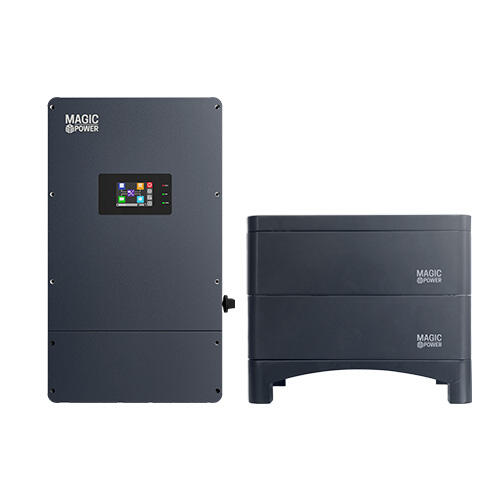The prospects for energy storage are exciting in order to help save on our kite energy or other sustainable solutions. There are a few considerations to take into account when choosing an energy storage system. But, let us get further into these considerations so that you can select an answer wisely.
But also the other way around - and those are my top 5 factors to consider when choosing an energy storage system
Capacity: Capacity of the energy storage system refers to how much its storage is. A critical consideration as it influences the amount of energy you will use and hence your budget safety net. Factor in an estimate of how much energy you use divided by the cost to store it.
Life Span: A PV Storage battery is an investment in the future, so longevity of the product should be a top priority. Seek a product of the highest quality that will last through all weather conditions and whatever is thrown at it over years.
Dimension: The dimension of your storage system must depend on the place offered to you. Always consider the physical space to place the system when planning them for purchase.
Price: - Price is always going to be a major factor. Energy storage costs will vary based on the capacity of a system, as well as materials and features. Instead, compare the higher initial investment against savings potentially into millions down the line.
The rate at which you can charge or discharge energy depends on the power of your battery in real time, and so it is really important to get a storage system that works with what you already have. Maintaining compatibility will ensure the system works safely and efficiently with your current power grid.
The Definitive Guide to Selecting The Best Energy Storage Unit for Your Home
The battery type that is employed in an energy storage product is one the important factors when assessing energy storage products. Two of the most popular choices are Lithium-ion and lead-acid batteries.
Lithium-ion Batteries: These batteries cost more than others, but they contain a lot of energy and last long.
Lead-acid Batteries: They have been around for the longest time and are more budget friendly, even though they have less energy density as well as a shorter life- span.
Make sure to match energy requirements and budget constraints when selecting a storage product, as well your system design. In addition, assess the type of warranty offerings made available with that product as well what sort of support services or maintenance might be required.
Different Energy Storage Solutions
Three main categories of energy storage solutions exist on the market today: OnGrid, Off Grid and Hybrid Systems.
On-Grid Systems: These systems will be the most feasible as they are tied to the utility grid and can store excess energy for when demand peaks.
Off-grid Systems: They are used for remote locations that do not have access to the utility grid, typically in combination with renewable energy sources such as solar panels.
Hybrid Systems: These systems provide a balance between energy independence and grid connectivity by combining renewable sources with your utility grid.
Energy Storage Systems Pros and Cons
Advantages and disadvantages of each energy storage system Although the first type is wallet-friendly, you may have to struggle when there are grid blackouts as opposed to off-grid systems which will cost more but offers autonomy from prompts. Hybrid Systems are a middle ground solution but require more involved installation and maintenance
How to Determine Energy Usage and Capacity Needs Before Investing in Storage
Before taking an energy storage system (ESS) dive, here's how to approach ESS sizing Find ways to reduce your energy use with an analysis of how much electricity you are using each month, and cut back on the consumption that could be improved through efficiency. You get efficient use Once you are using your efficiently, work out how much energy per day and in peak times you need to consume so that the battery product with a battery capacity and price suits all of this.
Finally, as global energy increase and sustainability becomes a shared goal worldwide these are vital decisions to be made that revolve around the storage of this new source. This way, you can consider certain aspects to choose a system that is appropriate for your requirements and will save costs in the long term as well help protect our earth but also ensure electricity supply reliability at home.

 EN
EN
 AR
AR
 CS
CS
 DA
DA
 NL
NL
 FI
FI
 FR
FR
 DE
DE
 EL
EL
 IT
IT
 NO
NO
 PL
PL
 ES
ES
 SV
SV
 TL
TL
 ID
ID
 UK
UK
 VI
VI
 TH
TH
 TR
TR
 AF
AF
 MS
MS
 MY
MY

